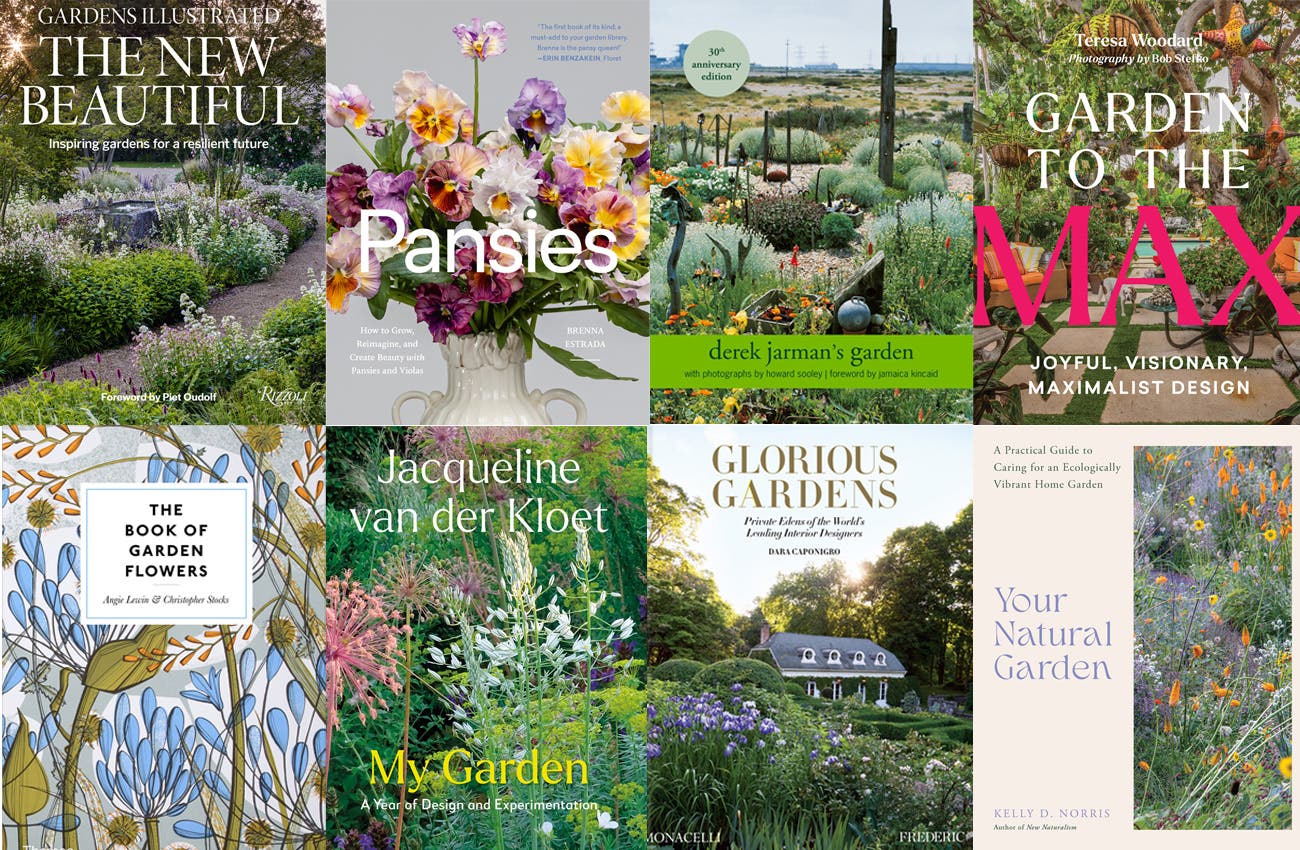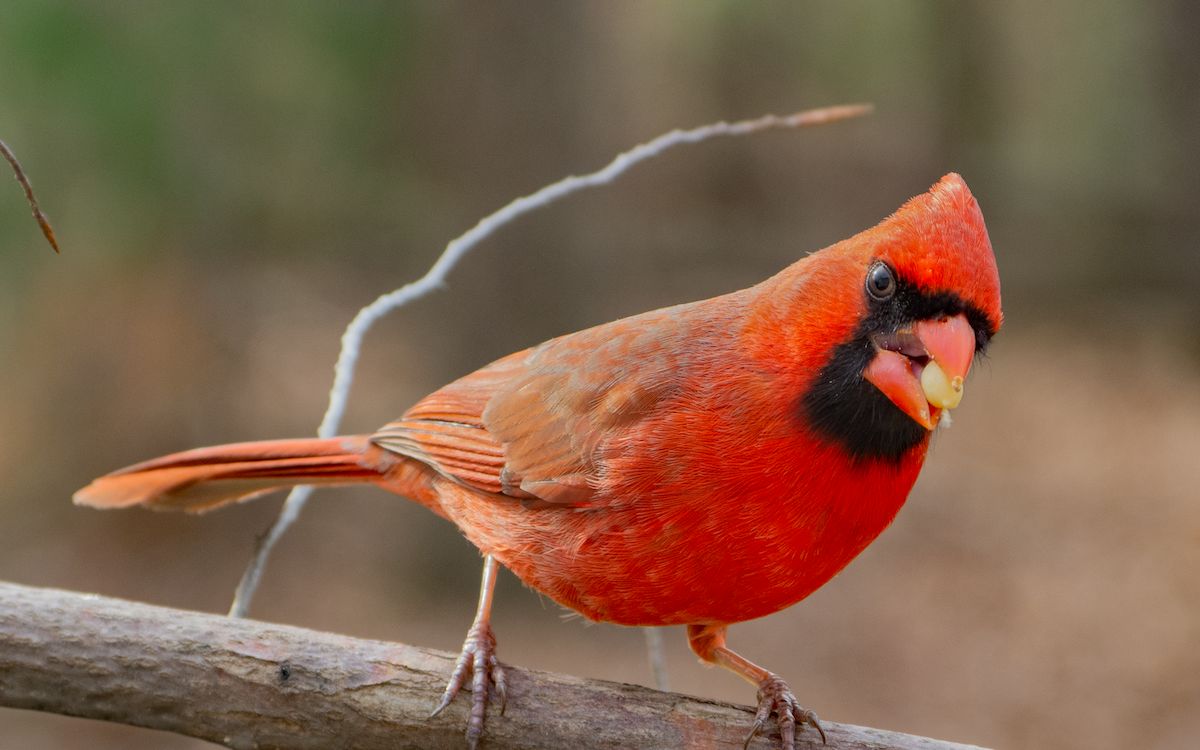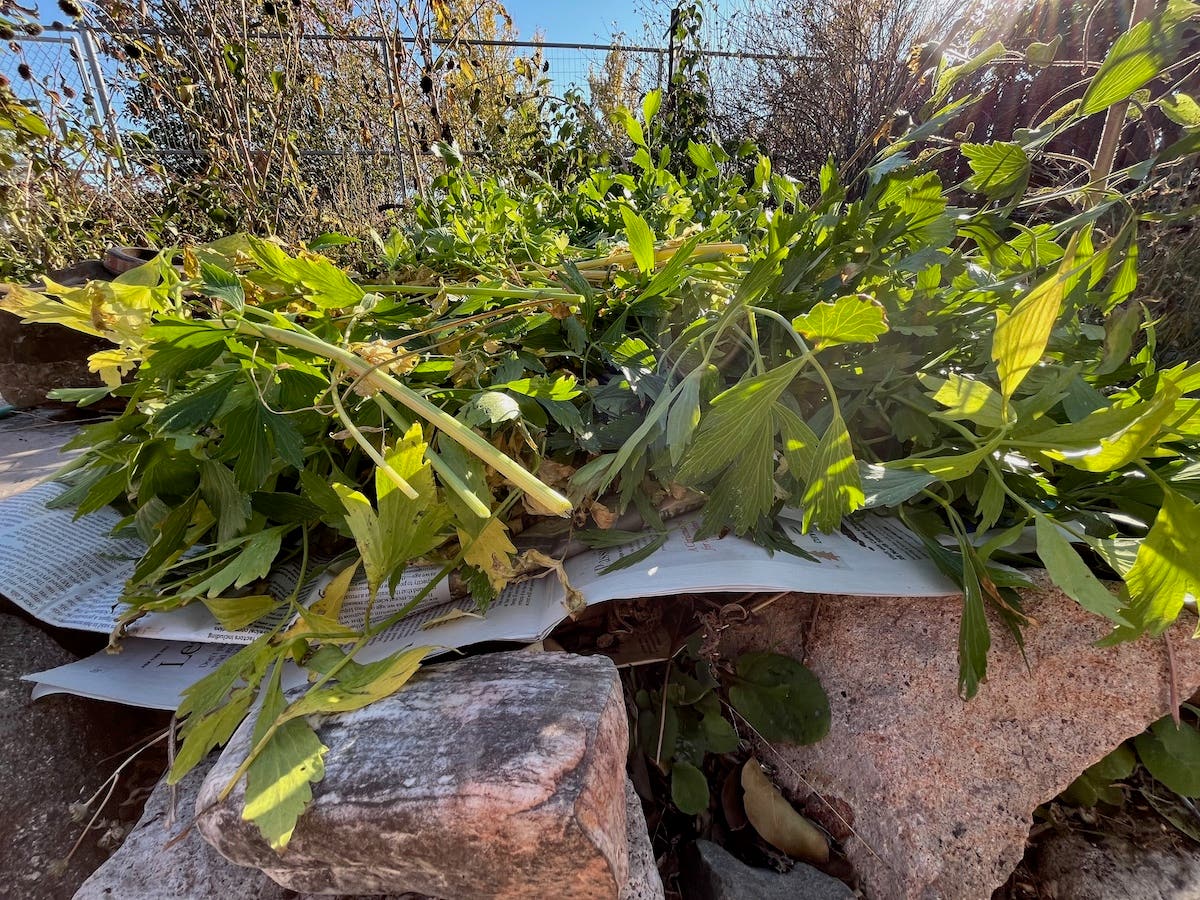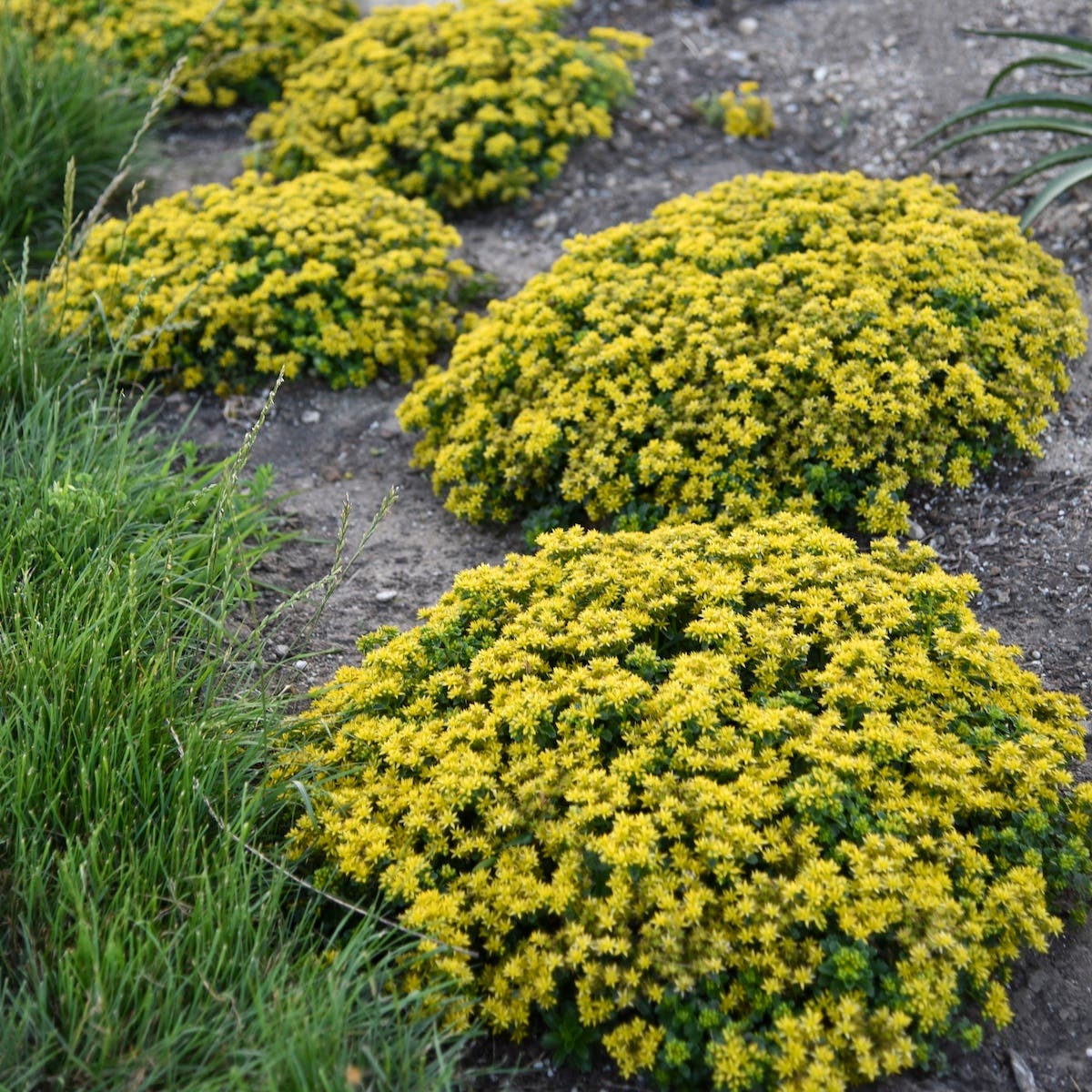Fall Planting Guide
Why fall is a great time to plant in your garden, plus tips for success.
Autumn is a bittersweet season for many people, and gardeners north of the Mason-Dixon line are among them. The onset of cooler temperatures brings a sigh of relief to gardeners weary of pulling weeds, deadheading, and watering in the heat. But at the same time, the shortening days and lengthening shadows as the sun drifts ever southward presage the coming of winter, when houseplants and seed and nursery catalogs are the closest we can get to the garden. For southern gardeners, of course, autumn is more sweet than bitter. Finally temperatures begin to subside, and it is once again possible to work outdoors among the plants in comfort.
For gardeners everywhere, there are plenty of things to do in fall besides pull up the annuals and cut back perennials. In fact, autumn can be a time of beginnings as well as endings. We can plant in fall, too, and not just tulips, narcissus, and other hardy bulbs. Here are some tips and ideas:
WHY PLANT IN FALL?
There are lots of reasons why autumn is a good time for planting. First and foremost, in many places the weather is more congenial for plants than it is in spring. The threat of intense summer heat and the possibility of a debilitating early hot spell do not loom. There's a much better chance for a period of mild weather when new additions to the garden can send out new roots and establish themselves in the soil. Daytime temperatures are cooler, but nights are still mild, at least in early autumn. There's also less threat of drought in many places. Pest and disease problems abate, as this year's generation of bugs and crawlies prepares for winter dormancy, and lower humidity offers less hospitable conditions for disease organisms to proliferate.
For gardeners, as well as for gardens, autumn is a time of opportunity. We're less busy in the garden now, and we have more time to turn our attention to planting. Most nurseries put perennials, trees, and shrubs on sale in fall, and savvy shoppers can pick up bargains. (Look over plants carefully for signs of pest or disease damage, and don't buy anything that looks unhealthy or improperly cared for.)
When fall begins for gardeners depends on where you live. In the far North, fall planting will more likely happen in August, while in the South it might be November or December.
Above all, plant early enough. Make sure you leave enough time for the new plants to settle into the garden before the soil begins to freeze. Allow six to eight weeks for trees, shrubs, and roses, and four to six weeks for perennials and ornamental grasses.
Don't fertilize at planting time in fall, especially with quick-release products. Fertilizing now could stimulate a flush of new growth that may not have time to harden before the onset of winter cold and will thus be at risk of winter injury.
Remember to water regularly as new plants establish themselves. Keep watering, especially evergreen trees and shrubs, until the soil freezes. Evergreens that are dry going into dormancy are at greatest risk for winter injury.
When the ground freezes, apply a winter mulch to keep the soil frozen during winter mild spells and avoid the alternate cycles of freezing, thawing, and refreezing that buckle the soil and heave roots out of the ground.
FALL SOIL AMENDING
Autumn is a good time to work on building the soil in your garden. Compost and other organic materials added to the soil in fall will have time to begin breaking down and releasing their nutrients in a form that plants can use by spring planting time.
Spread one to two inches of compost and till or dig it in lightly. For shrubs, perennials, and mixed borders, topdress with compost around the base of each plant but do not bury the crown. Sprinkle any other amendments and lime, if needed, and work them in. Leave the soil surface rough and uneven over winter instead of raking it smooth.
Another soil amendment that is abundant in autumn is fallen leaves. Shred them before use or they can mat down and fail to decompose by spring. You can compost shredded leaves to turn them into leaf mold, or just dig them into the garden and let them decompose in situ. One caveat: don't use leaves that are diseased or infested with pests for soil conditioning. Even if you compost them in a hot compost pile, it is unlikely the heat generated will be sufficient to destroy all the pathogens.
Another good way to boost the organic matter content of the soil, where there is open ground, is to plant a cover crop, or green manure, that will be tilled into the soil in spring. Autumn is the time to sow ryegrass, winter rye, alfalfa, clover, and other cover crops.







